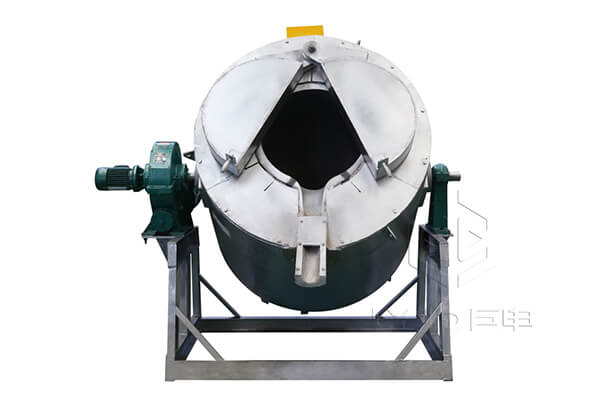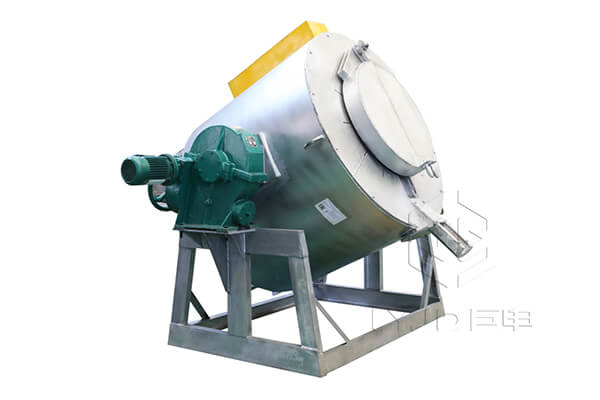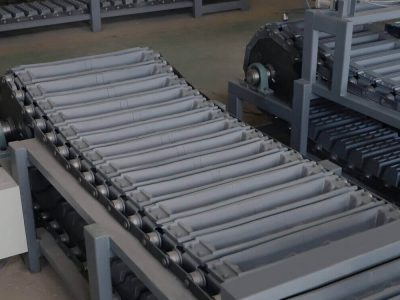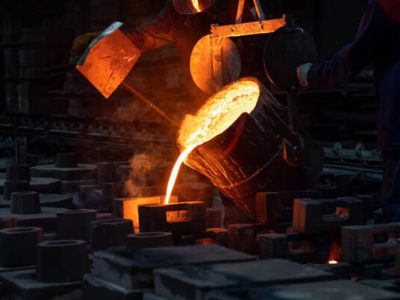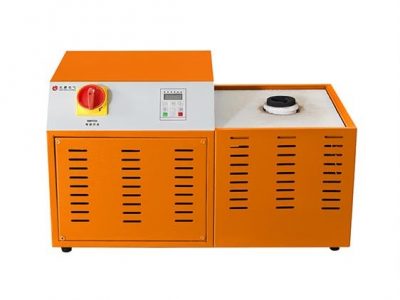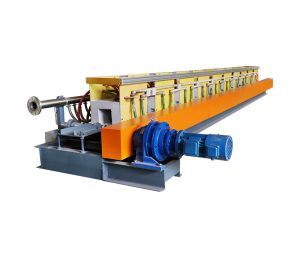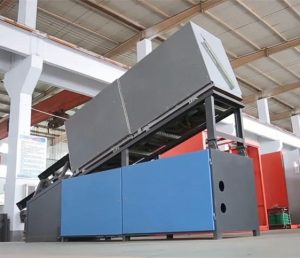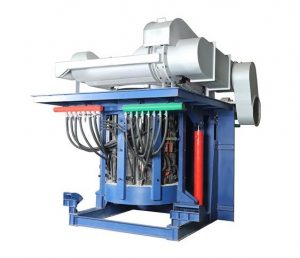Are you confused about how to select a proper copper melting furnace? Here, we will show you the most comprehensive introduction to the copper melting furnace. And then, we ensure that you will have a clear impression of that.
What is a copper melting furnace?
As the name says, the copper melting furnace smelts to purify or refine various copper materials for different usages.
Types of Copper Melting Furnaces
According to the different heating energy sources, we usually divide copper melting furnaces into two types.
Electromagnetic Copper Melting Furnace
It is a furnace that heats the charge by energizing the resistance element or generating an induced current through the electromagnetic effect.
Gas/Oil Melting Copper Furnace
This is a smelting furnace that uses the reaction heat generated during the combustion of fossil fuels including natural gas, liquefied petroleum gas, diesel, heavy oil, and coke to heat the charge.
Features of Copper Melting Furnace
Medium Frequency Copper Melting Furnace
The intermediate frequency copper melting furnace works on the principle of electromagnetic induction and the current heating effect. Electromagnetic induction occurs when alternating current passes through the coils in the melting furnace. Electromagnetic induction induces electric currents in metals. The induced current generates heat while flowing in the metallic material, thereby heating and melting the metallic material.
1. Fast heating speed and less oxidation and decarburization: even heating ensures a small temperature difference between the core and surface of the heated workpiece, and the temperature can be precisely controlled through the temperature control system to ensure product repeatability;
2. The degree of automation is high, which can realize fully automatic unmanned operation and improve labor productivity;
3. Uniform heating and high-temperature control precision: uniform heating ensures a small temperature difference between the core and surface of the heated workpiece, and the temperature can be precisely controlled through the temperature control system to ensure product repeatability;
4. The induction furnace body is easy to replace and can adapt to various smelting requirements;
5. Complete equipment protection: the whole machine is equipped with water temperature, water pressure, phase loss, overvoltage, overcurrent, voltage limit/current limit, start overcurrent, constant current, and buffer start, so that the equipment starts smoothly, protects reliably and quickly, and runs stably;
6. Low energy consumption and no pollution: high heating efficiency, compared with other heating methods, effectively reduces energy consumption, high labor productivity, no pollution, and equipment meets environmental protection requirements.
Gas Copper Melting Furnace
A gas-fired copper melting furnace is a melting copper furnace fueled by natural gas or liquefied petroleum gas. The general structure of the gas-melting copper furnace is that the shell is welded with ordinary steel and 20G. The interior is a refractory layer and heat insulation layer. There are burner holes on the furnace body, and suitable industrial burners are installed. There are also fans, gas pressure regulating valves, etc. supporting the stove. Standard copper melting furnaces that use natural gas as fuel include cupola shaft furnaces, dumping furnaces (or converters), reverberatory furnaces, etc., which are for producing copper rods.
1. The small converter is easy to install and operate, and you can learn it as soon as you learn it. Others such as shaft furnaces and tilting furnaces are cumbersome to install and require a large amount of work.
2. The small converter has a small volume, less floor space, and convenient transportation. Shaft furnaces are large in size and occupy a large area. They are generally assembled on-site and transported in sections.
3. Using natural gas or liquefied petroleum gas as fuel, the cost is low—energy saving and environmentally friendly.
4. Generally, it can control the product quality very well, which is very suitable for some manufacturers with high product quality requirements.
Common Faults of Medium Frequency Induction Furnace
Rectifier Phase Loss
The fault is that the sound of the power cabinet is abnormal and gradually becomes louder when the power cabinet is working, and the maximum output voltage does not rise to the rated value. This fault is generally caused by the fact that a thyristor of the rectifier does not have a trigger pulse or is not conductive when triggered. The solution is to replace the thyristor that fails or has a particularly large gate resistance.
Inverter Failure
The output current is particularly large, even when the furnace is empty, and the sound of the power cabinet is very heavy when it is working.
Induction Coil Failure
The induction coil leaks water, which may cause ignition between the turns of the coil. Must repair that in time.
Copper water sticking to the induction coil will cause the copper tube to burn through. So, clean it in time;
A short circuit between turns of the induction coil will lead to an increase in the working current. Change or replace them in time.
Luoyang Judian is a professional manufacturer of copper melting furnaces, which can provide customers with different types of copper melting furnaces. Welcome to consult at any time.
























